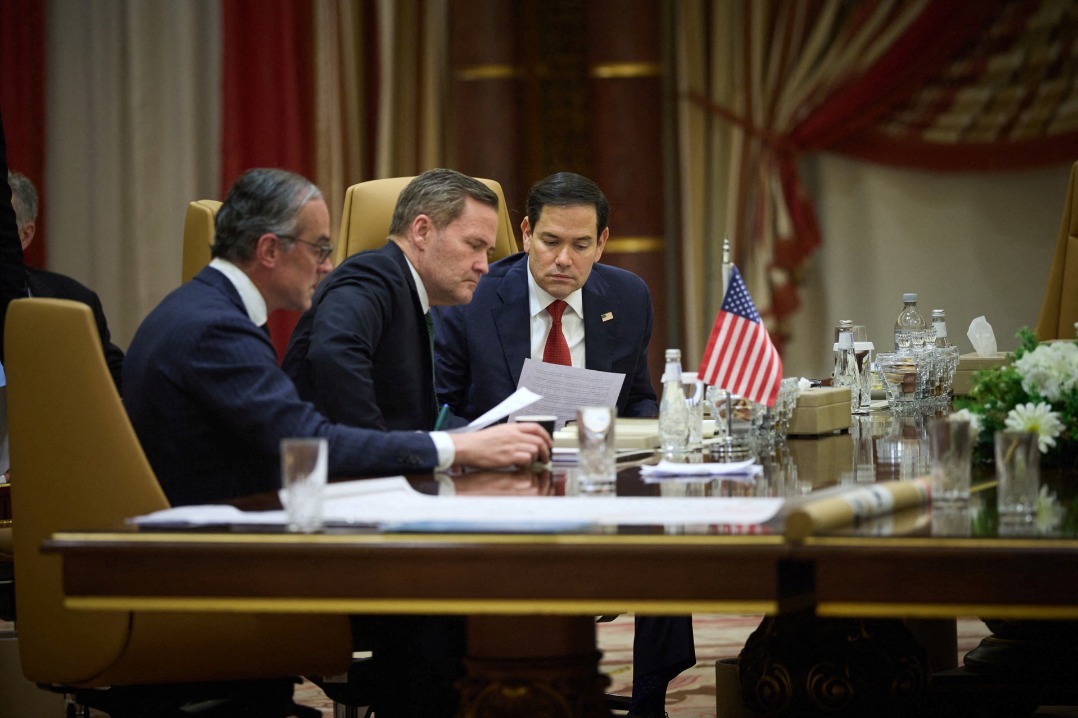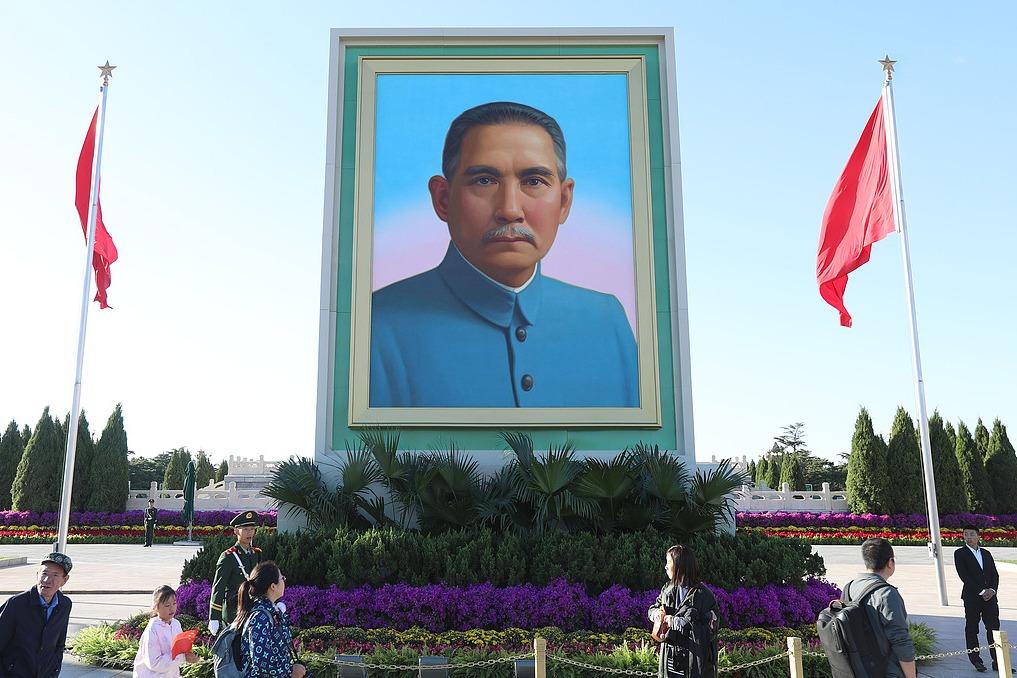Seizing the opportunities


Enhanced cooperation with China has been an essential choice for the Central Asian countries
The China-proposed Belt and Road Initiative was welcomed by Kazakhstan and other Central Asian countries being a logical continuation of more than 20 years of regional cooperation.
As the most politically stable country in Central Asia, Kazakhstan launched reforms aimed at creating conditions for attracting investors earlier than others, demonstrating its political and economic will to become a long-term reliable partner in the initiative.
In addition to its strategic location in the heart of Eurasia, Kazakhstan has another important advantage — it has a wise leadership that pursues a farsighted foreign policy. Considering all these factors, China has identified Kazakhstan as a key partner in the implementation of the Belt and Road projects.
The Belt and Road Initiative has significantly transformed and enlarged Chinese relations with Kazakhstan and other Central Asian countries. Recent China-Central Asia Summit held in Xi'an, Shaanxi province, brought it up to the next level: within the framework of the 5+1 initiative, a mechanism for China's interaction with the entire region is being created and aligned with the region's integration trend.
Simultaneously with the Belt and Road Initiative, the government of Kazakhstan adopted the national industrialization program Nurly Zhol. One of the cornerstones of this program was a list of 56 priority projects for Kazakh-Chinese investment cooperation.
Despite the difficulties in the implementation of the projects, Kazakhstan still managed to shift the vector of China's investments toward the manufacturing industry. Through Kazakhstan's participation in the Belt and Road Initiative, Chinese investments in the country have continued to grow and have reached around $20 billion.
Kazakhstan has largely benefited from participation in the initiative through the increased share of investment in its manufacturing industry and the subsequent expanding of Kazakhstan's exports to Chinese market — from rolled metal and ore to agricultural products.
Through the Belt and Road Initiative and the mechanism of intergovernmental agreements, Kazakhstan effectively structured the flow of the investments. Out of the 56 Kazakh-Chinese priority projects, five are in the mechanical engineering sector ($1.1 billion), 15 in the energy sector ($2.4 billion on modernization of fuel and energy facilities and projects in the field of green energy), 12 in the chemical industry ($13.9 billion) and five in the food industry and agriculture.
It is expected that in cooperation with Chinese companies, Kazakh enterprises specialized in chemical, metallurgical, mining engineering, infrastructure, energy, agro-industrial complex, consumer goods industry, oil refining, production of construction materials and information technology industries will be modernized.
Kazakhstan's Nurly Zhol economy modernization program is aimed at creating new transport routes connecting Kazakhstan with major land and sea ports. High technology has significantly reduced the distance between Pacific ports and European countries along land corridors. Now it's a fait accompli. Transportation by land routes has reduced the travel time by almost half.
Kazakhstan's participation in the Belt and Road Initiative carries a number of key prospects, including the development of transport and industrial potential, and the solving of social problems.
Over the years of cooperation, three main routes for the transportation of goods have been identified: the northern route through Kazakhstan and Russia, the middle route through Kazakhstan, the Caspian Sea and the Caucasus and the southern route through Kyrgyzstan, Uzbekistan and Turkmenistan.
Transit traffic in the north is well-organized and has good infrastructure, but it is subject to geopolitical risks at the present time. Therefore, the next stage is the development of the alternative routes through the Caspian Sea and to the south of Central Asia.
A solid transport infrastructure has also been constructed — the Central Asia-China gas pipeline and the Kazakhstan-China oil pipeline have been created with the technical and financial assistance of Chinese companies. Today, the railway network makes it possible for China to import most of the metals and ores mined in Central Asia.
The Belt and Road investments have also covered construction of railway and road infrastructure to provide transit routes to Europe and the supply of resources from Central Asia to China. Road infrastructure is also being created through joint efforts which has helped to increase the connectivity of the border regions of the Central Asian countries with China's Xinjiang Uygur autonomous region. In this area, projects are implemented with the help of international grants (Kazakhstan's project Western Europe-Western China).
Following one of the objectives of the Belt and Road Initiative, Chinese and Kazakh joint efforts on policy coordination have significantly contributed to the intensification of cooperation in new areas. Moreover, the governments of China and Kazakhstan are approaching a new stage — the transition from supporting individual projects to creating a stable ecosystem, with transparent and common rules for all investors.
Over the past 10 years, much has changed, both in Central Asia and in the entire Eurasia. There have been significant changes in the political situation and the socio-economic sphere of the countries of Central Asia. The international context is equally important.
Central Asian economies with a growing population need new drivers for economic growth and fresh incentives for sustainable development. Therefore, regional countries will continue to develop cooperation with China.
At the same time, Central Asia also means great opportunities for China. It offers natural resources not from distant seas, but across the land border, and new markets for investment by Chinese companies, including technological ones.
Ultimately, both China and Central Asian countries are interested in joint development. The current global turbulence is pushing both sides to cooperate more with each other. With a common destiny, they will have common success by working together.
The author is the director of the China Studies Center in Kazakhstan. The author contributed this article to China Watch, a think tank powered by China Daily.
The views do not necessarily reflect those of China Daily.
Contact the editor at editor@chinawatch.cn


































